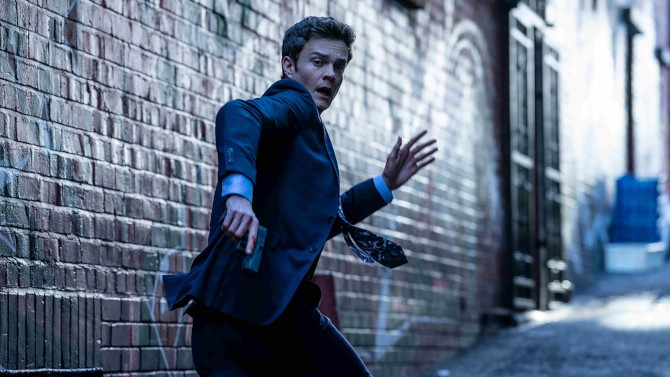
No Caine, No Gain
Following in the recent action craze launched by John Wick, fusing it with The World is Not Enough Bond villain’s inability to feel pain, adding in some of the sadism found in Home Alone and its sequel, and throwing in some rough and tumble comedy to boot, Novocaine (2025), co-directed by Dan Berk and Robert Olsen, holds no punches, or perhaps packs quite the punch if you’d prefer. Not for the weak of heart... an early warning to the wise – if you don’t like R rated violence then this movie is likely not for you, as it does not hold back in any which way. Though it does contain action, comedy, and romance, don’t let those last two genres suggest that this is a light date night foray for couples.
-
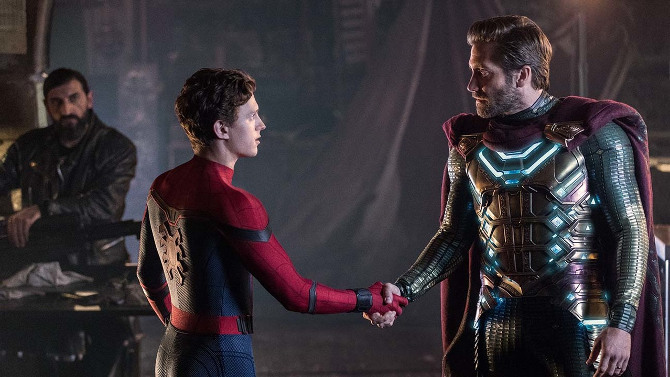
Spinning a Sequel
Spider-Man: Far from HomeJuly 12, 2019Walking a tightly strung web all the way from Queens, New York to historic Europe, Spider-Man: Far From Home has a few stumbles, but miraculously stays balanced on its epic journey. A sequel to 2017's Spider-Man: Homecoming, this 2019 adventure, which is also helmed by director Jon Watts, takes place almost immediately following the events of Avengers: Endgame (fear not, still no spoilers – though there are in this film), with Peter Parker’s Spider-Man (Tom Holland) struggling with his newfound fame (after all, he is still just a high school student). Dealing with questions like, ‘Is he an Avenger?’, or ‘What part does he play following the outcome of Endgame?’, he is like a spider in the headlights. . . looking for some much needed time off.
-
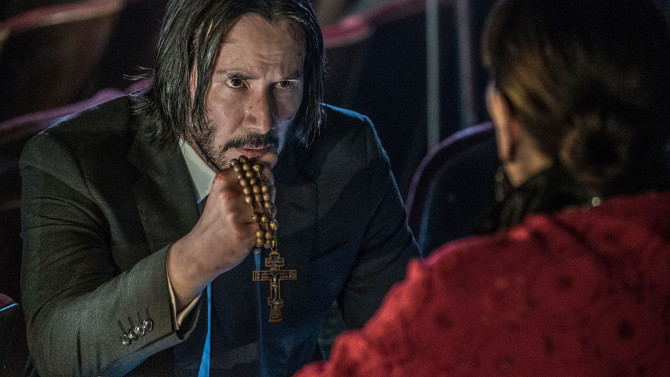
There’s No Rest For the ‘Wick’ed
John Wick: Chapter 3 - ParabellumMay 17, 2019Some roles just fit an actor like a finely made bespoke suit – and, in this case, said suit has a special bulletproof lining. . . you guessed it, I’m talking about Keanu Reeves as John Wick. Everything, from his direct delivery, longish hairstyle, and action persona, fit the character, and in the third feature in the franchise, 2019's John Wick: Chapter 3 - Parabellum, director Chad Stahelski (who has helmed all three efforts) builds on the previous two, creating an over the top, stylistic extravaganza that will make action fans giddy! If you saw Chapter 2, the film opened with silent film star Buster Keaton projected on a New York City building, symbolic in that this character is in many ways like The Great Stoneface’s iconic persona. . . as I put it in my previous review, Wick “bumps, crashes and bangs his way through foes, a wandering ‘tramp’ with no true home, albeit, wealthier, better dressed and much more connected”, well, as this picture opens, we once again see Keaton on a New York City building, only this time it is a sequence from his 1922 short Cops (a narrative in which the man is constantly being chased by the police, evading them time and time again in clever ways) – implying that this time, Wick will not be on the offensive, but rather, the defensive, endlessly tracked down after being marked as ‘excommunicado’ by the all powerful High Table for breaking their rules at the end of the last film.
-
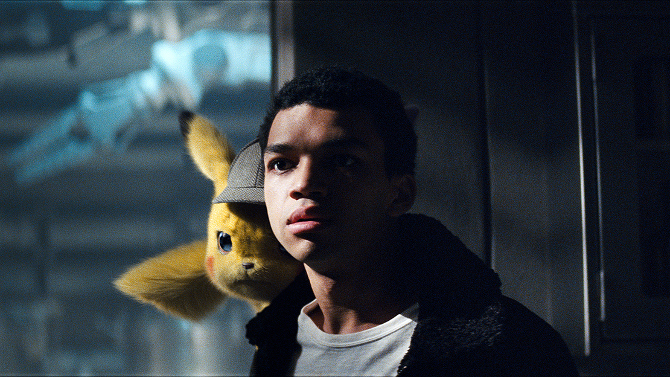
CSI: Pokémon Style
Pokémon Detective PikachuMay 13, 2019Every once in a while, you’ve got to relive your childhood. . . that came for me this past Saturday, when two of my friends contacted me and asked if I wanted to go see the new Pokémon movie. Always game for anything film related, my knowledge of the Pokémon franchise has not evolved (Pokémon pun intended) since the early 2000s – a time when every child, along with myself, was obsessed with the Gameboy games (colour coded Red, Blue, and later, Yellow) and the television series. Now, some twenty years later, Pokémon Detective Pikachu (2019) becomes the first live action film in this historic gaming/anime franchise. Directed by Rob Letterman, perhaps their wisest choice was casting Ryan Reynolds as the voice of one of the film’s leads, Pikachu – making this a PG-like version of Deadpool. Yet, I will warn you that this one is more for fans of the franchise than the average moviegoer (judging from its 170 million dollar opening weekend, there are clearly a lot of fans) – and, as attendees entered the theatre, they received a complimentary pack of Pokémon cards (a nice touch).
-
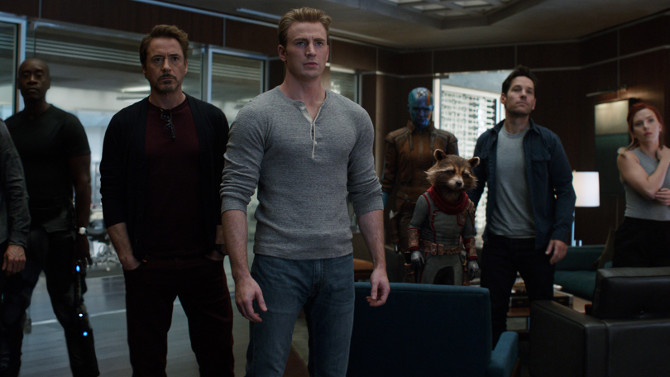
‘Marvel’ous
Avengers: EndgameMay 7, 2019Every once in a while, a film becomes part of the zeitgeist – capturing the spirit and mood of its time, uniting viewers in a shared experience that will never be forgotten. Think Gone With the Wind, Casablanca, The Godfather, Jaws, Star Wars, Titanic, the Lord of the Rings trilogy, Avatar. . . you get the idea. Capturing lightening in a bottle, this shared experience unites moviegoers worldwide, the most recent example, Avengers: Endgame (2019). Whether you love comic book films or hate them, it is hard to argue with what Marvel has done since 2008 (starting with Iron Man). A three phase initiative, with almost too many superheros to name, Endgame is the twenty-second feature in the last eleven years, and, in many ways, the end of this unique vision. Something never done before, standalone and ensemble films have been combined to great effect, grossing (to this point) over twenty billion dollars, and, for the most part, winning critics over along the way.
-
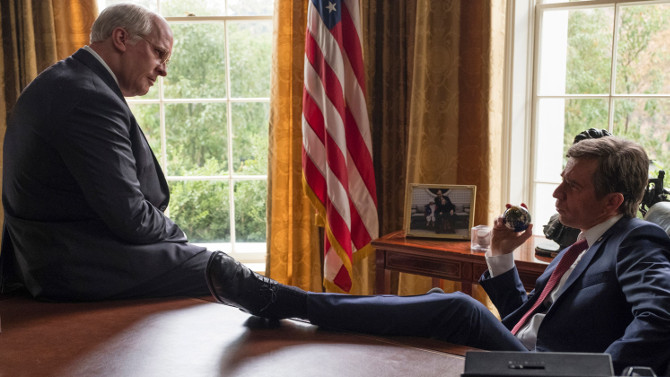
What a Dick
ViceFebruary 21, 2019Some of you may get a little excited by the film I’m reviewing today – it features both bush and dick. . . get your minds out of the gutter everyone, this is obviously a look at the 2018 Academy Award Best Picture nominee Vice, written and directed by comedic turned dramatic filmmaker, Adam McKay. After reading the introduction describing the difficulties of making a film on one of the most secretive politicians in the history of the American political landscape – the one and only Dick Cheney (Christian Bale), the picture plays up its documentary style approach, jumping around more than a hyperactive kid playing hopscotch – from 9/11 to the distant past of 1963, only to bounce to 1969 – you get the idea.
-
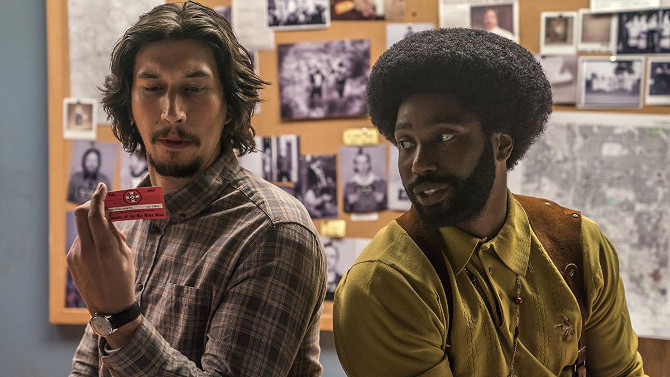
Klandestine
BlacKkKlansmanFebruary 5, 2019It is hard to fathom that Spike Lee is now forty years into his film making career – and it has taken exactly that long for one of his motion pictures to earn a nomination for an Oscar for Best Picture, or Best Director for that matter (though he has been given an Honorary Award from the Academy). His first nomination came for his ‘Brooklyn cultural clash of love and hate’ screenplay for 1989's Do the Right Thing, and it is no surprise that 2018's BlacKkKlansman (which has earned six noms, including three for Lee – Picture, Director and Adapted Screenplay) holds a similar microscopic lens to the tensions smoldering just below the surface in the United States. At times excessive and over the top in its style, it is no surprise when you look at the time frame that the screenplay covers. Set in the early 1970s, it is a time of black and white thinking, radical movements such as the Black Panthers, the Ku Klux Klan, and even the police taking sides. . . the grey milieu forced to either side as cultures clash, as anger simmers to a boil, as times they are a changing.
